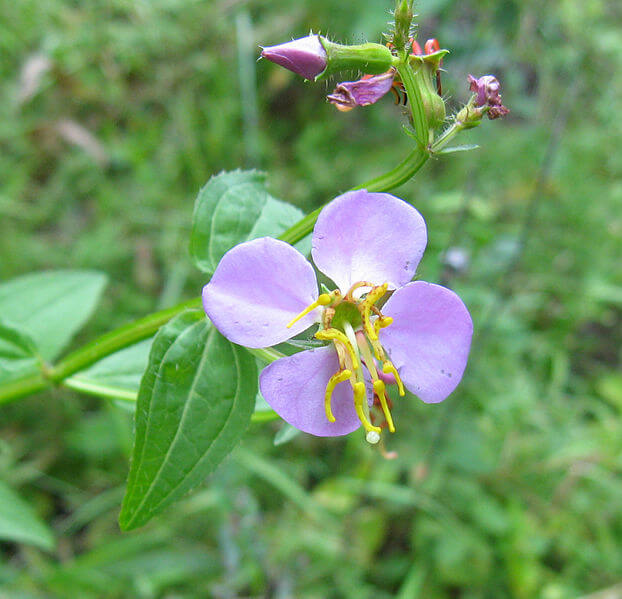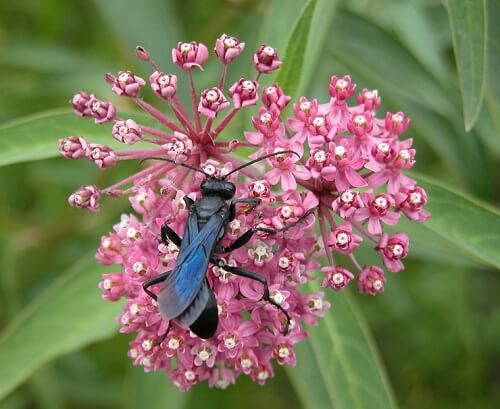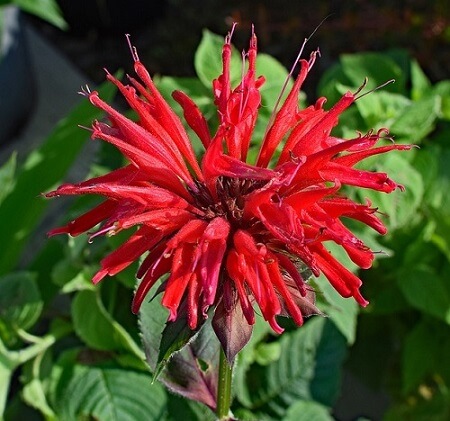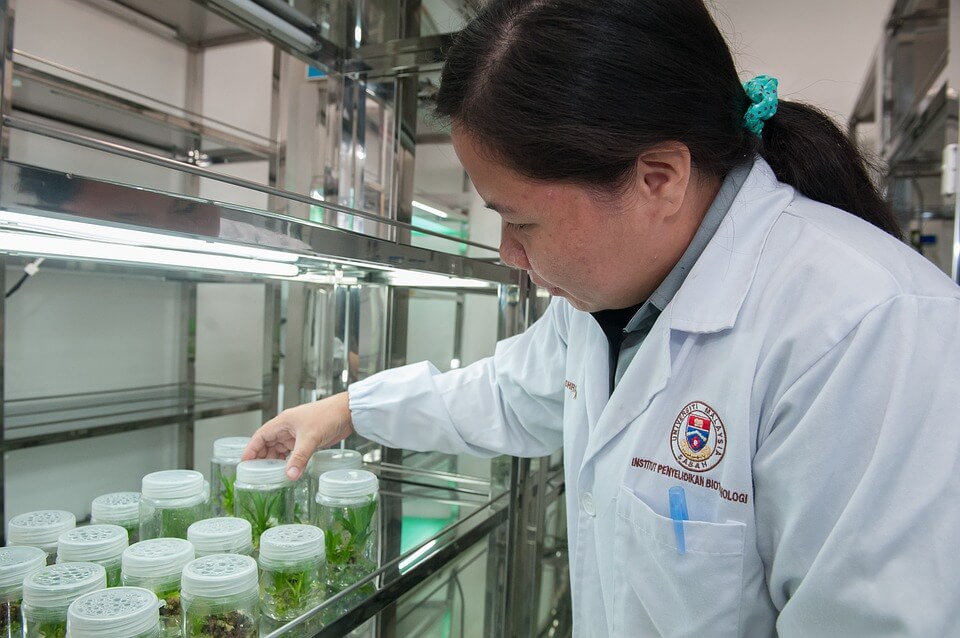 Plant Nature Study I
Plant Nature Study I
Plant Nature Study I
Plant Nature Study I




 Plant Nature Study I
Plant Nature Study I
Plant Nature Study I
Plant Nature Study I

Study the lesson for one week.
Over the week:
Botany and Botanists:

Activity 1: Narrate the Story
Activity 2: Can You Find It?
Find the following on the image of the Bee Balm:

Activity 3: Take a Nature Walk, Visit a Flower Shop, or Research Online
Activity 4: Complete a Field Book Entry

After your nature walk, complete page 36 in 'Science Field Book for Third Grade.'